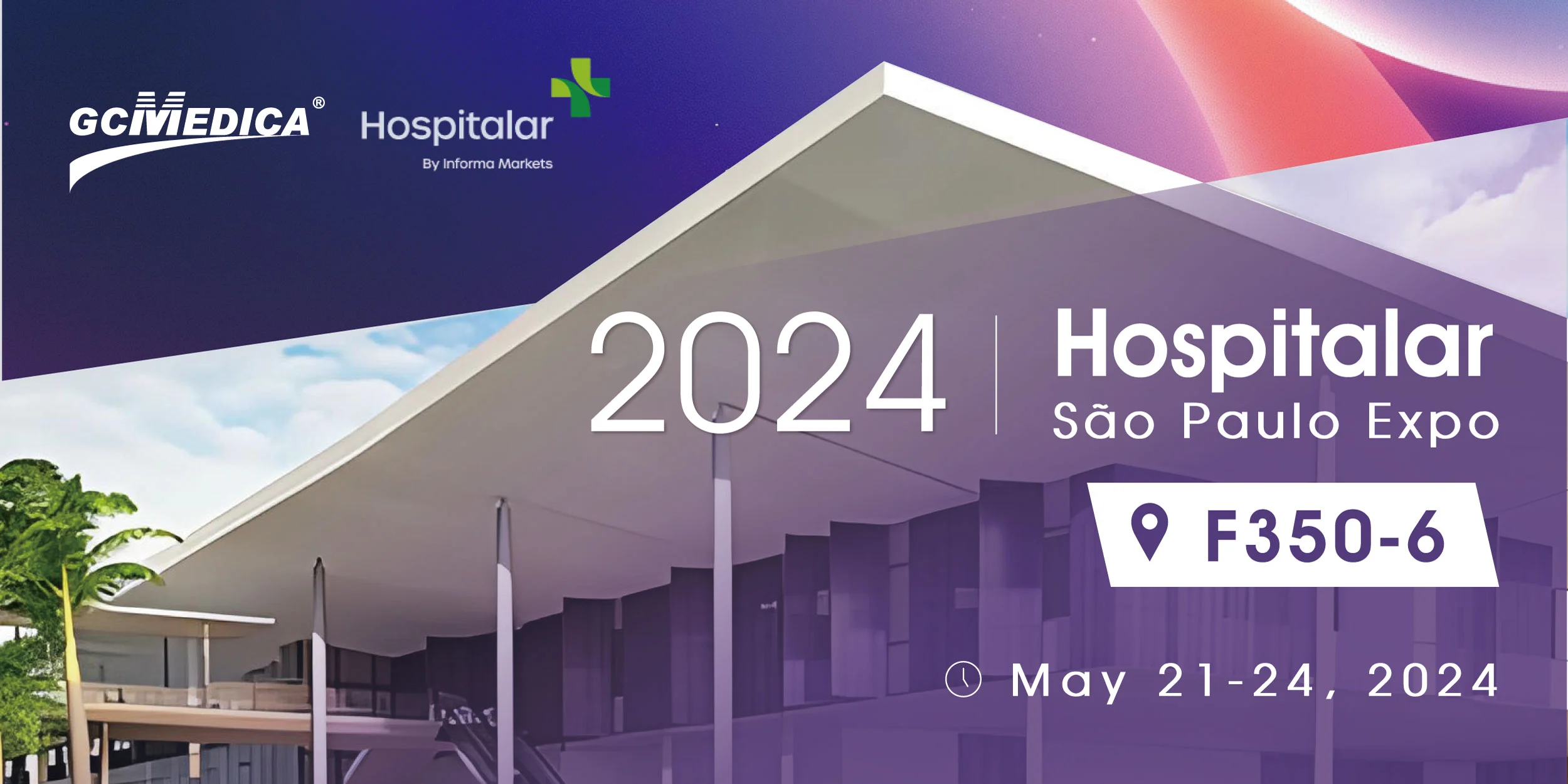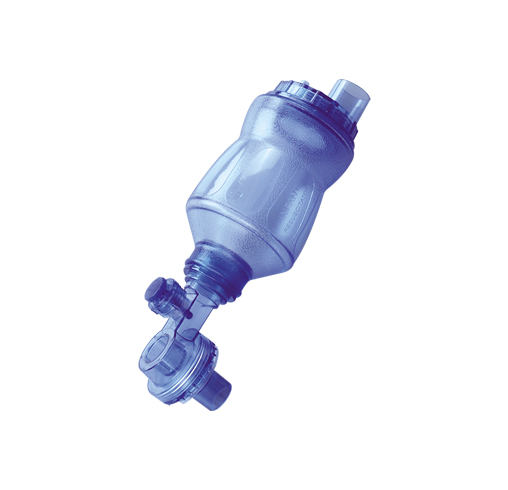-
Produits et accessoires endoscopiques
- Ensemble d'aspiration et d'irrigation endoscopique
- Tubulure d'insufflation
- Veress Aiguille
- Tube insufflateur chauffé à haut débit
- Vannes endoscopiques à usage unique
-
Endoscope Caméra Manches
- Caméra endoscopique à changement rapide drapée
- Caméra endoscopique haute définition drapée
- Caméra endoscopique d'extrémité élastomère drapée
- Drapeau de caméra endoscopique pliable
- Manchon de caméra d'endoscopie télescopique avec fin de changement rapide
- Manchon de caméra d'endoscopie télescopique avec extrémité élastique
- Ensemble d'irrigation d'arthroscopie
- Tubes d'irrigation
- Système de rinçage Cap
- Brosses de nettoyage des canaux d'endoscopie
- Piège polype
-
Respiratoire
- Canule nasale d'oxygène
- Capnographie Masque
- Masque à oxygène
- Masque non rérespirant
- Masque Venturi
- Masque multi-évent
- Masque nébuliseur
- Nébuliseur avec morceau de bouche
- Masque de trachéotomie
- Ezscope jetable™Broncho Pro
- Embouchure de valve à sens unique
- Clip de nez
- Kit embouchure et filtre ABC
- Exercice de respiration
-
Cathéter d'aspiration fermé
- Cathéter d'aspiration fermé à double pivotant de type B 24H
- Cathéter d'aspiration fermé en T à Trach de type B 24H
- Cathéter d'aspiration fermé par connecteur Pedi Y 24H
- Cathéter d'aspiration fermé à double pivotant de type K 72H
- Cathéter d'aspiration fermé à piece en T de type K de 72H
- Cathéter d'aspiration fermé multi-port
- Cathéter d'aspiration
- Soupape à vide de contrôle du Mucus
- Piège à spécimen de Mucus
- Extracteur de Mucus
- Extracteur de Mucus avec gaine de protection
- Tube Aspirant jetable
- Anesthésie
-
Gestion des voies respiratoires
- Voie aérienne oropharyngée
- Voie aérienne nasopharyngée
-
Masque laryngé Voie aérienne
- Masque laryngé standard en PVC pour voies respiratoires
- Masque laryngé PVC renforcé voie aérienne
- Masque laryngé PVC 90 degrés Voie aérienne
- Masque laryngé standard en silicone pour voies respiratoires
- Masque laryngé en silicone renforcé voie aérienne
- Masque laryngé réutilisable Voie aérienne
- Masque laryngé renforcé réutilisable Voie aérienne
-
Tube de trachéotomie
- Tube de trachéotomie réglable céleste
- Tube de trachestomie céleste avec néosuccion
- Tube de trachestomie renforcé céleste
- Tube de trachéotomie Sérénité
- Kit de tube de trachéotomie de sérénité
- Tube de trachéotomie sérénité avec néoaspiration
- Kit de tube de trachéotomie de sérénité avec néosuccion
- Tube de trachéotomie fenestré Grasmere
- Kit de tube de trachéotomie fenestré Grasmere
- Tube de trachéotomie azur non réglable
- Tube de trachéotomie de type S
- Tube de trachéotomie Pedi
- Tube endotrachéal
- Tube endotrachéal Introducteur
- Stylet intubant
-
Chirurgie d'aspiration
- Poignée de Yankauer Flexi-claire
-
Poignée Yankauer
- Poignée SpeedFlow Yankauer
- Pointe ordinaire Yankauer
- Pointe de bride Yankauer
- Pointe effilée Yankauer
- Yankauer on/off avec pointe simple
- Yankauer on/off avec pointe conique
- Pointe d'ampoule Yankauer
- Couronne Yankauer
- Poignée d'aspiration flexible Poole
- Poignée CH30 Yankauer et tube de raccordement d'aspiration CH35
- Yankauer à bout ordinaire en deux pièces
- Astuce de canard Yankauer
- Poignée d'aspiration Poole
- Tube d'aspiration ENT
- Sonde d'aspiration
- Yankauer orthopédique/orthopédique
- Astuce chirurgicale d'aspirateur
- Tube de raccordement d'aspiration
- Canister d'aspiration doublure souple
- Canister d'aspiration rigide
- Canister d'aspiration avec kit de filtre
- Canister extérieur réutilisable
- Système de drainage de la plaie sous vide
- Ligator de baguage des hémorroïdes
- Connecteur
- Adaptateur de contrôle sous vide
- Chirurgie cardiothoracique
- Produits et accessoires laparascopiques
- Gynécologie
-
Urologie
- CathVantage™Cathéter intermittent hydrophile portable
-
Ensemble d'irrigation de la vessie,
- M-ensemble d'irrigation de la vessie facile
- Ensemble d'irrigation de la vessie B-Cylind
- Ensemble d'irrigation de la vessie S-tur
- Ensemble d'irrigation de la vessie S-uni
- Ensemble d'irrigation de la vessie B-uro
- Ensemble d'irrigation de la vessie prémi
- Ensemble d'irrigation de la vessie J-pompe
- Ensemble d'irrigation de la vessie J-tur
- Ensemble d'irrigation de la vessie à pompe H
- Ensemble d'irrigation de la vessie Sup-flow
- Ensemble d'irrigation d'érable
- Ensemble d'irrigation de pivoine
- Cathéter Nelaton
- Sac de drainage urinaire
- Sac de jambe de drainage urinaire
- Kits de lavement
- Kits de bain Sitz
- Cliquez sur Sceller le conteneur de spécimen
- Cathéter mâle silicone
- Cathéter et adaptateur Spigot
- Arrêt à trois voies Cock
- Ensemble d'irrigation en bois de santal
- Freesia jeu d'irrigation
- Ensemble d'irrigation de la jonquille
-
Chirurgie générale
- Système d'atomiseur de perfusion
- Tube de puisard gastrique
- Applicateur de poudre hémostatique
- Drapé magnétique
- Immobilisateur de main chirurgicale
- Ensemble d'administration pour le sang
- Ensemble d'irrigation dentaire
- Seringue d'oreille/ulcère
- Seringue d'irrigation d'ampoule
- Seringue d'irrigation Toomey
- Seringue dentaire d'irrigation
- Dispositif de décantation
- Canule de mélange
- Dispositif d'atomisation de la muqueuse
- Bassin de revêtement/Bassin Drapé
- Couverture de poignée de caméra
- Couverture de poignée de lumière
- Brosse médicale
- Bâton d'éponge
- Suture Retriever
- Compteur d'aiguille
- Tube d'étalonnage jetable
- Infuseur de pression
- Cap Héparine
- Bouchon de protection
- Seringue d'irrigation d'ampoule 100ML
- Marqueur scléral
- Poignée de lumière chirurgicale
- Nutrition entérale
- Équipement médical durable
- Équipement de protection individuelle
- Produits COVID-19
- Dispositif médical PVC-FREE
- Département d'E. N.T.
- Solutions de gestion de la température
- Opération
- Système de gestion des patients
- Urgence
-
-
 HOSPITALAR 2024Apr 28 , 2024
HOSPITALAR 2024Apr 28 , 2024 -
-
-
Réanimateur manuel
Un réanimateur manuel est un appareil qui utilise une pression positive pour gonfler les poumons d'une personne inconsciente qui ne respire pas, afin de la maintenir oxygénée et vivante. Notre réanimateur manuel est conçu pour fournir une assistance respiratoire efficace et le confort du patient. Sa construction simple et sûre le rend souhaitable pour une utilisation dans des situations aiguës.
Type de réanimateur manuel
What is a Manual Resuscitator Used For?
Manual resuscitators, also known as bag valve masks (BVMs), play a critical role in emergency medicine and patient care. They are essential tools used for providing ventilation to individuals who are not breathing or are not breathing adequately. The primary purpose of a manual resuscitator is to ensure that oxygen is delivered to the lungs of a patient in situations where natural breathing is compromised.
1.Emergency Respiratory Support: In cases of respiratory arrest or failure, manual resuscitators are used to manually pump oxygen into the patient's lungs. This is crucial in emergency settings, such as cardiac arrests, drownings, drug overdoses, or any situation where a patient's breathing is inadequate.
2.Pre-Hospital Care: Paramedics and emergency medical technicians commonly use manual resuscitators in pre-hospital settings. They are a key component of emergency response equipment in ambulances, providing a lifeline to patients while they are transported to medical facilities.
3.Anesthesia and Surgery: In surgical settings, manual resuscitators are used during anesthesia, especially in situations where mechanical ventilators are not available or suitable. They provide a controlled delivery of oxygen and anesthetic gases to patients under sedation.
4.Neonatal and Pediatric Use: In neonatal and pediatric care, manual resuscitators are used for newborns and children who require respiratory support. These resuscitators are specially designed to meet the delicate and precise requirements of young patients.
5.Supplemental Oxygen Delivery: Besides providing ventilation, manual resuscitators can also be used to deliver supplemental oxygen to patients who can breathe independently but need additional oxygen support due to conditions like Chronic Obstructive Pulmonary Disease (COPD) or severe asthma.
In essence, manual resuscitators are versatile and life-saving devices in various medical scenarios. Their ability to provide immediate respiratory support makes them indispensable in both emergency and planned medical procedures.
Exploring the Unique Features of GCmedica PVC and Silicone Resuscitators
In the realm of emergency medical equipment, the quality, design, and functionality of resuscitators are paramount. GCmedica has set a new standard in this field with its innovative PVC and Silicone resuscitators, designed to meet and exceed the demands of medical professionals in various emergency scenarios.
1.Material Quality and Durability: The GCmedica resuscitators are made from high-grade PVC and Silicone, materials known for their durability and flexibility. These materials ensure the resuscitators can withstand the rigors of repeated use in high-stress environments. The resilience of these materials also contributes to their longevity, making them a cost-effective option for medical facilities.
2.Ergonomic Design: Understanding the critical nature of ease of use in emergency situations, GCmedica has meticulously designed these resuscitators with ergonomics in mind. The design facilitates easy handling and operation, reducing fatigue for medical professionals during prolonged use. This ergonomic focus extends to all aspects of the resuscitator, including the mask, bag, and valves, ensuring efficient and effective ventilation with minimal effort.
3.Enhanced User Experience: The user experience is significantly enhanced by features like the transparent mask, which allows for better patient monitoring. The tactile and visual feedback is crucial in emergency scenarios. Additionally, the soft yet sturdy bag provides a reliable feel, ensuring precise control over ventilation.
4.Compliance with Safety Standards: Safety is a non-negotiable aspect of medical device manufacturing, and GCmedica resuscitators comply with all relevant safety standards. This compliance assures healthcare providers of the device's reliability and effectiveness in critical care situations.
5.Specific Attributes for Enhanced Performance: GCmedica has incorporated various attributes to boost the performance of their resuscitators. For instance, the valve design is optimized for smooth operation and efficient air flow, minimizing the risk of airway pressure buildup. The resuscitators are also adaptable for use with oxygen reservoirs, enhancing their functionality in different medical situations.
These unique features make GCmedica's PVC and Silicone resuscitators not just tools but lifelines in emergency medical care. Their design and functionality reflect a deep understanding of the challenges faced in emergency scenarios, offering solutions that are both innovative and practical.
FAQs About Manual Resuscitators
Q1:How does a manual resuscitator work?
A1:A manual resuscitator, or bag valve mask, is a handheld device used to provide positive pressure ventilation to patients who are not breathing or breathing insufficiently. The device consists of a self-inflating bag, a one-way valve, and a mask. When the bag is squeezed, air (or oxygen from an attached supply) is forced through the valve and into the patient's lungs. When the bag is released, it reinflates automatically, drawing in air or oxygen for the next breath.
Q2:What are the hazards of manual resuscitators?
A2:While manual resuscitators are critical in emergency care, they carry potential hazards if not used correctly. These include the risk of overinflating the lungs, which can lead to barotrauma or volutrauma. Inadequate ventilation can occur if the bag is not squeezed properly. There's also the risk of gastric insufflation, where air is forced into the stomach, potentially leading to vomiting and aspiration.
Q3:What are the benefits of using a manual resuscitator?
A3:Manual resuscitators provide immediate respiratory support in emergency situations where mechanical ventilation is not available. They are portable, do not require electricity, and can be used in various settings, from hospitals to remote locations. These devices allow for controlled oxygen delivery and are adaptable to patients of different ages and sizes, making them versatile tools in emergency care.
Q4:How many liters of oxygen does a manual resuscitator use?
A4:The amount of oxygen a manual resuscitator uses depends on the bag size and the oxygen supply settings. Adult resuscitators typically have a bag volume of about 1,000 to 1,600 milliliters and can deliver from 500 to 800 milliliters of air (or oxygen) per breath. When connected to an oxygen supply, the device can deliver concentrations of 90% to 100% oxygen, typically at a flow rate of 10 to 15 liters per minute.




 +
+